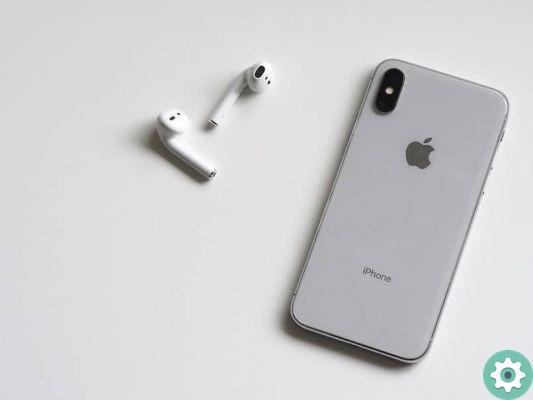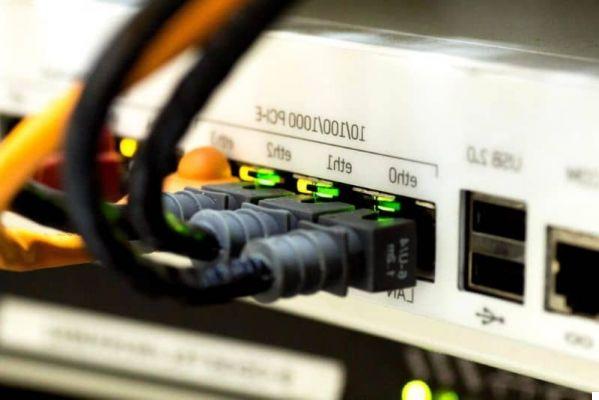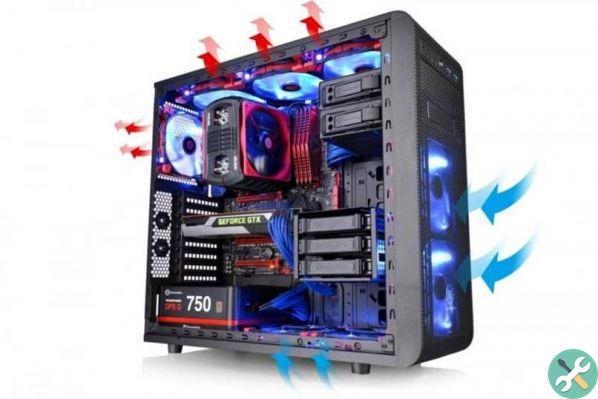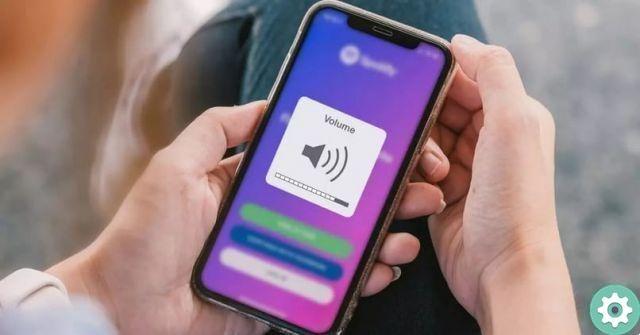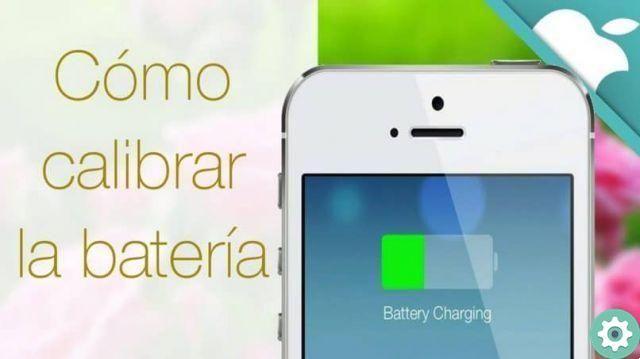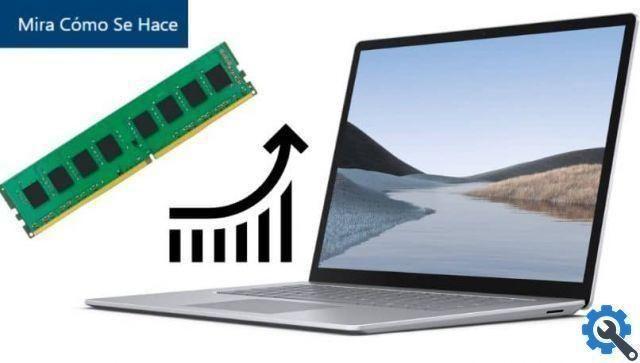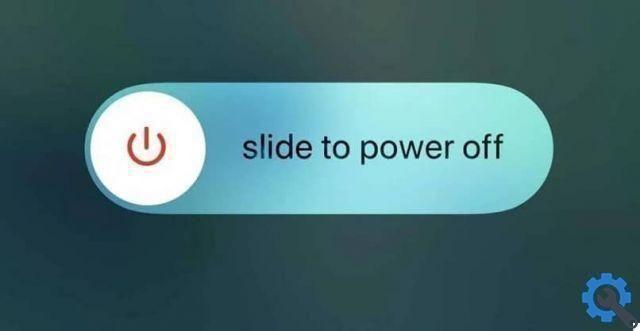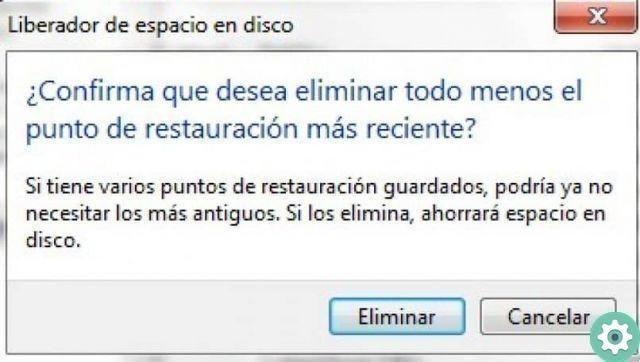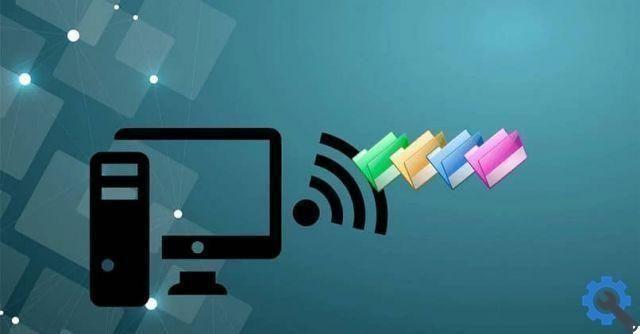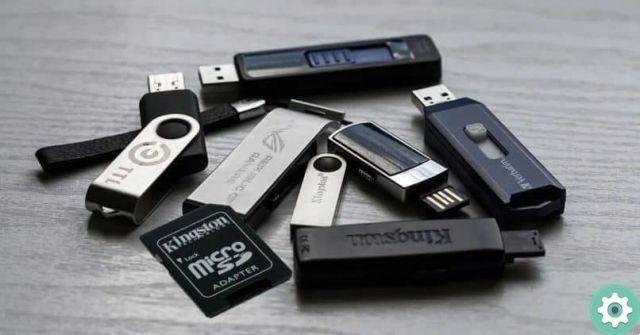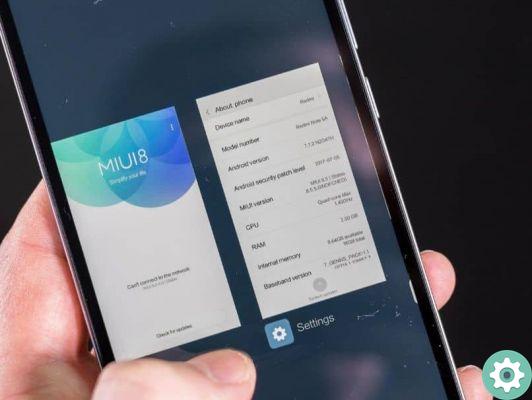Did you know that the WiFi consumes almost 60% of the battery? And that's not just a problem for your phone. It can also affect any device that can connect to the network, but thanks to great technology it is possible to solve this problem.
This life-saving technology it is known as Passive WiFi. In this article you will learn what it is and if it is better than the conventional one.
What is passive Wi-Fi?
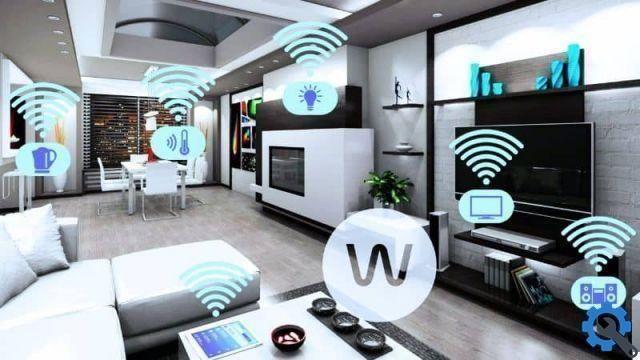
The goal is to reduce the power consumption that occurs when you have more than one device connected to a WiFi network. This is necessary for the IoT in the future it will allow our connections to be on a larger scale.
So having a WiFi network that is responsible for reducing the daily consumption of devices by up to ten thousand times less is surprising. Generating energy, but without subtracting consumption from other devices is a very small line compared to this network.
Why use the conventional one? How does it work?
Both conventional Wi-Fi and passive Wi-Fi present data transmission digitally if there is a difference. One of them is that the passive speed is just over 11 Mbit / s. The conventional one, on the other hand, has a 54 Mbit / s and 300 Mbit / s.
In order for the Conventional WiFi start to work, two devices must be present to transmit and receive radio signals. In turn, both devices with appropriate hardware must fairly handle the transmission and reception of data with information.
That is, the device A via a cable receives the reception of the Internet signal and then processes it. Device B will receive this signal via radio waves.
This can be done in reverse when device B is transmitting the signal via radio waves to device A or the wireless router.
What makes the Passive WiFi is that it allows this transmission and reception to take place on separate radio waves. This implies that only one device involved is the one transmitting the signal since there are specific passive sensors.
So it is not necessary for both devices to have an antenna and a broadband chip like in conventional WiFi. This last detail is what allows this wireless network to reduce the consumption of the devices involved in the transmission.
If your device says this technology takes full advantage of it, but if it doesn't and you want to have this passive WiFi, what can you do?
Your mobile device must have a passive chip installed in it for the intended operation to occur. Also, your router must have specialized software to enable it to run this type of low-power wireless signal.
What are the advantages and disadvantages of passive Wi-Fi?

One of the advantages of this wireless network is that it is highly efficient and therefore reduces energy consumption. Thanks to this it is possible to keep the environment healthy, since less consumption equals less pollution.
Since it doesn't require you to risk your savings, you don't need to buy new ones large plants, the its operation is simple.
On the other hand, this wireless network has disadvantages since, being new to the market, it is being improved. As we have seen compared to the conventional WiFi network, it has a lower one, which means that it is an area that needs improvement.
In the following link, find out more about WiFi routers: what is it, what is it for, how does it work? - Their types and characteristics.
If you want to learn more about reti Wi-Fi, this article on how to change the router administrator username and password Wi-Fi might be useful.






